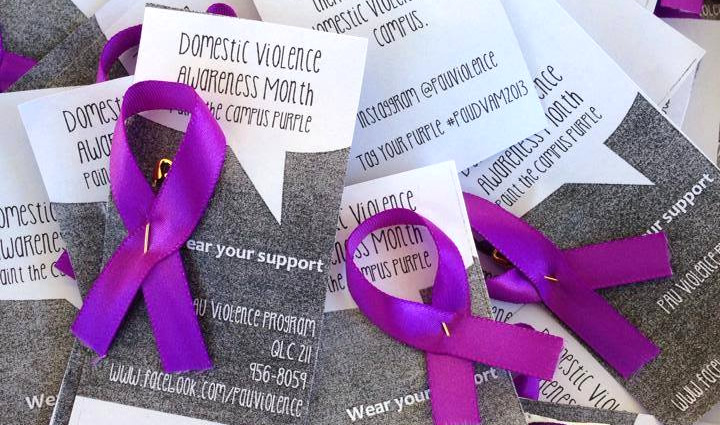Awareness and Education
We believe awareness and education will create a culture of respect on our campus, ultimately preventing interpersonal violence. We can achieve this goal by engaging students and members of our campus community in critical conversations about what we can all do to prevent interpersonal violence and intervene when it happens.
PAU Violence provides bystander education workshops using the Mentors in Violence Prevention (MVP) leadership program. MVP trainings involve facilitated discussions to open dialogue regarding the underlying issues and dynamics sexual violence, intimate partner violence and stalking. This module encourages participants to be proactive leaders by challenging them to identify concrete options for intervention in potentially harmful situations.
Interpersonal violence occurs when a person uses power and control over another through physical, sexual, or emotional threats or actions. The PAU Violence Program addresses these different types of interpersonal violence:
Dating/Domestic/Relationship Violence
Dating/Domestic/Relationship Violence is when one person in an intimate relationship uses a pattern of controlling behavior against the other. These behaviors may include physical, emotional, sexual, economic or cultural abuse. Dating/Relationship violence occurs in both heterosexual and homosexual relationships and can be perpetrated by either males or females. Some examples of dating violence include: hitting, strangling, restraining, abandoning in an unsafe place, forcing, threatening harm, damaging property, possessiveness and forcing or attempting to force unwanted sexual acts. Relationship violence may continue even after a breakup or separation.
Sexual Violence
Sexual Violence is any type of sexual activity that a person does not agree to or does not give consent to. Sexual assault includes unwanted touching of a sexual nature, sexual intercouse without consent, rape or attempted rape, peeping for sexual pleasure, and indecent exposure. Sexual violence can be verbal, visual, or anything that forces a person to participate in unwanted sexual contact or attention. Examples of this are voyeurism (someone watches private sexual acts), exhibitionism (someone exposes him/herself in public) and sexual harassment (behaviors sexual in nature that create a hostile work/learning environment).
Stalking
Stalking is the repeated following, contacting and harassing of another person. Some stalking behaviors may appear normal and legal, however a series of these actions may contribute to harassment by stalking. For example, sending flowers, showing up to someone’s class, and text messaging on their own are not criminal. These behaviors coupled with the intent to instill fear or injury, however, may constitute a pattern of stalking behavior that is illegal.


